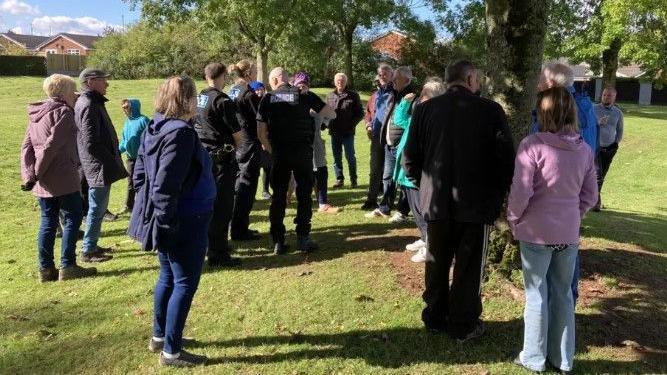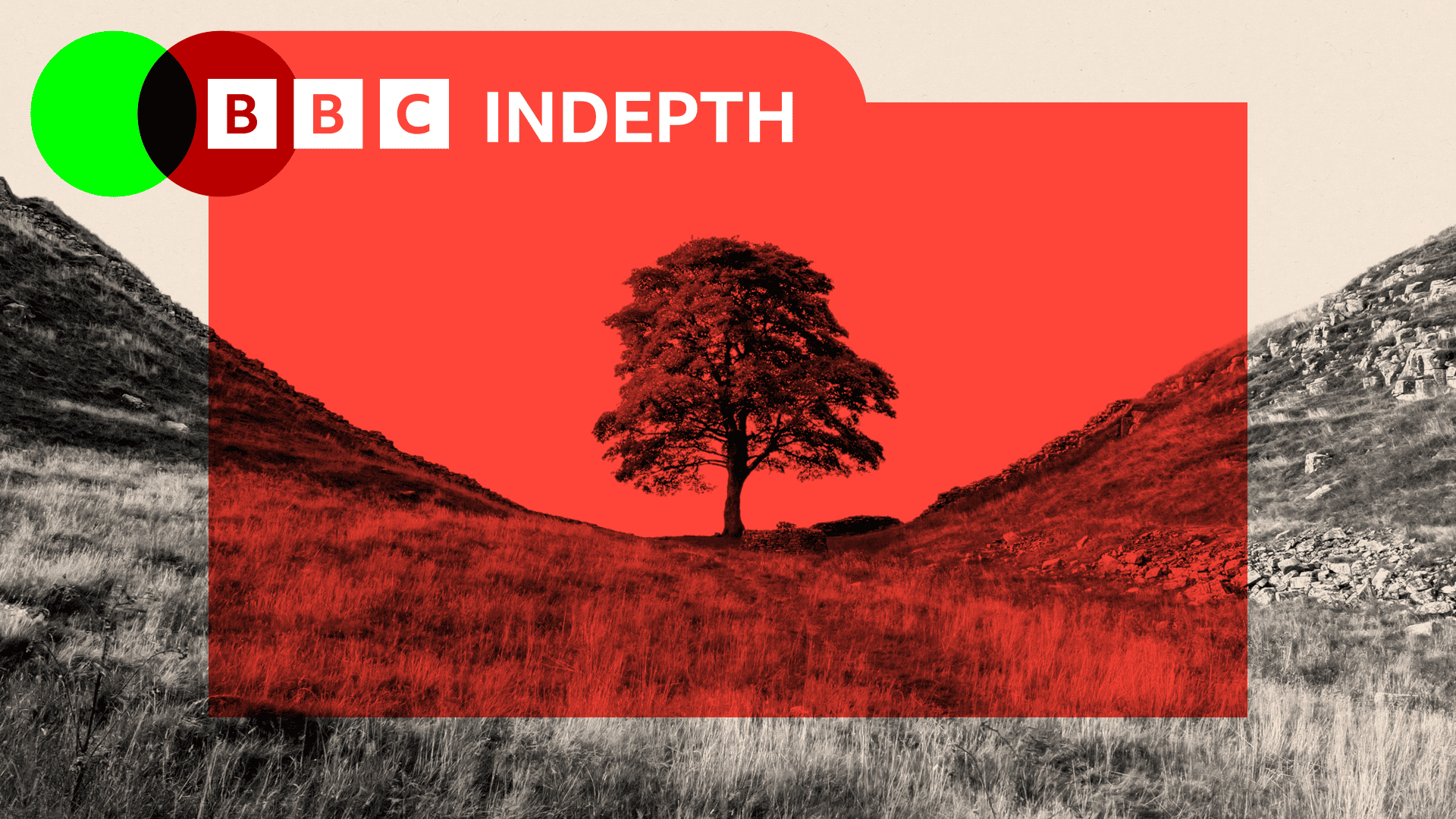Villager in row with church over 250-year-old tree
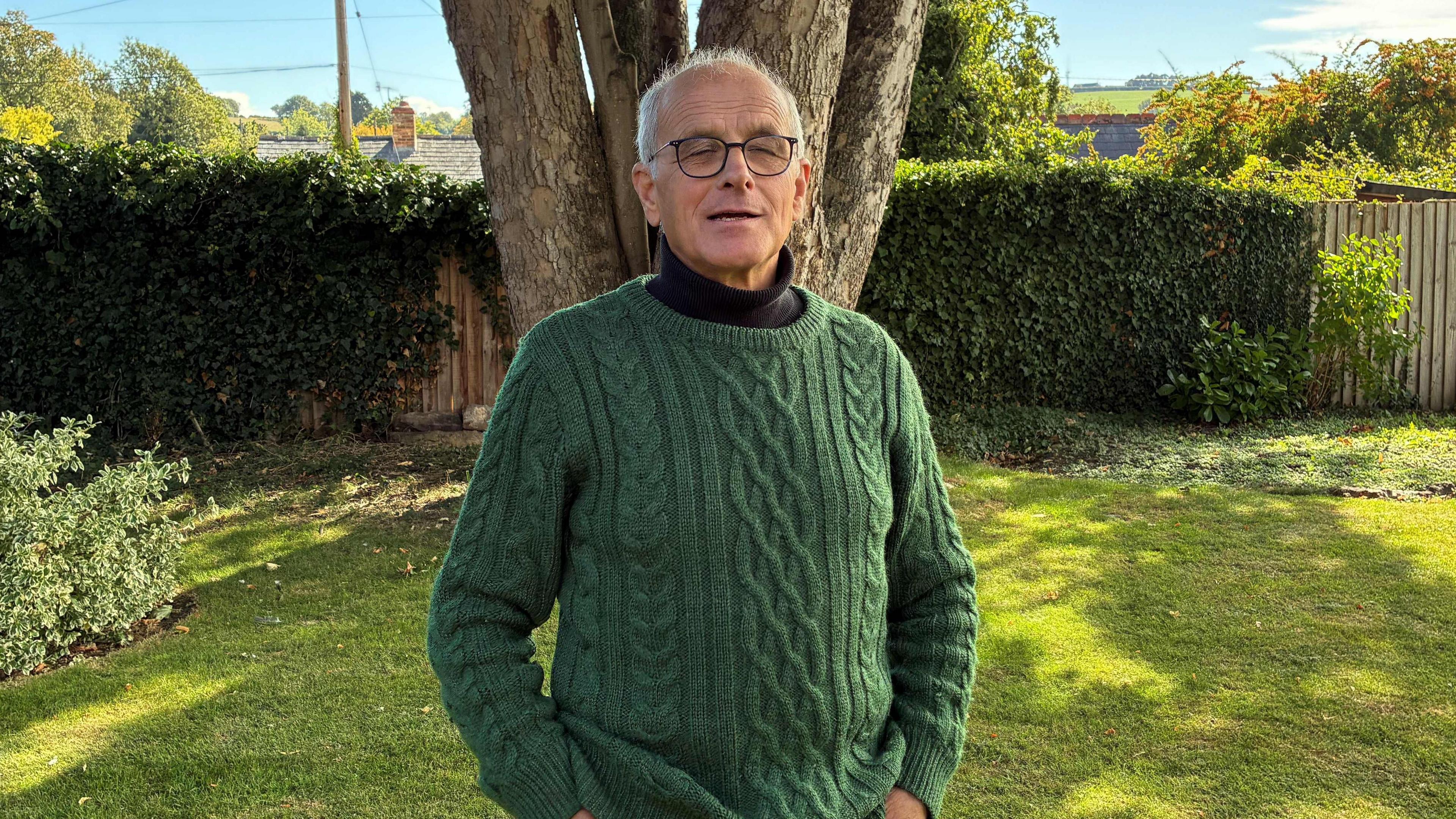
Richard Gray bought the land, which included the sycamore tree, from the diocese in 1992
- Published
A neighbour of a village church has refused to cut down a 250-year-old sycamore tree on his land after the diocese claimed it was damaging its vicarage.
Richard Gray said he started receiving letters from the Diocese of Coventry's insurers in 2023, which said he must chop it down or pay subsequent costs.
The tree is located on land close to St George's Church in Lower Brailes, Warwickshire, and neighbours the vacant St George's Vicarage, which was built in the 1980s.
The Diocese of Coventry said it had launched an internal investigation over the matter, while its insurer, Ecclesiastical Insurance, claimed cutting down the tree was the best long-term solution.
Mr Gray told BBC Midlands Today: "Bishop, spare that tree. We don't want it down. We're not going to pay for it to come down. I don't believe the tree is causing the problem."
The tree is known locally as the Four Shires Tree because of its four trunks and close proximity to the Four Shire Stone.
The land, which includes the church's former parsonage where Mr Gray lives, was owned by the diocese until it was sold in the 1980s, around the time the new vicarage was built.
Mr Gray, who bought the property in 1992, said he received the first letter from the diocese's insurers, attributing damage to the tree, in January 2023.
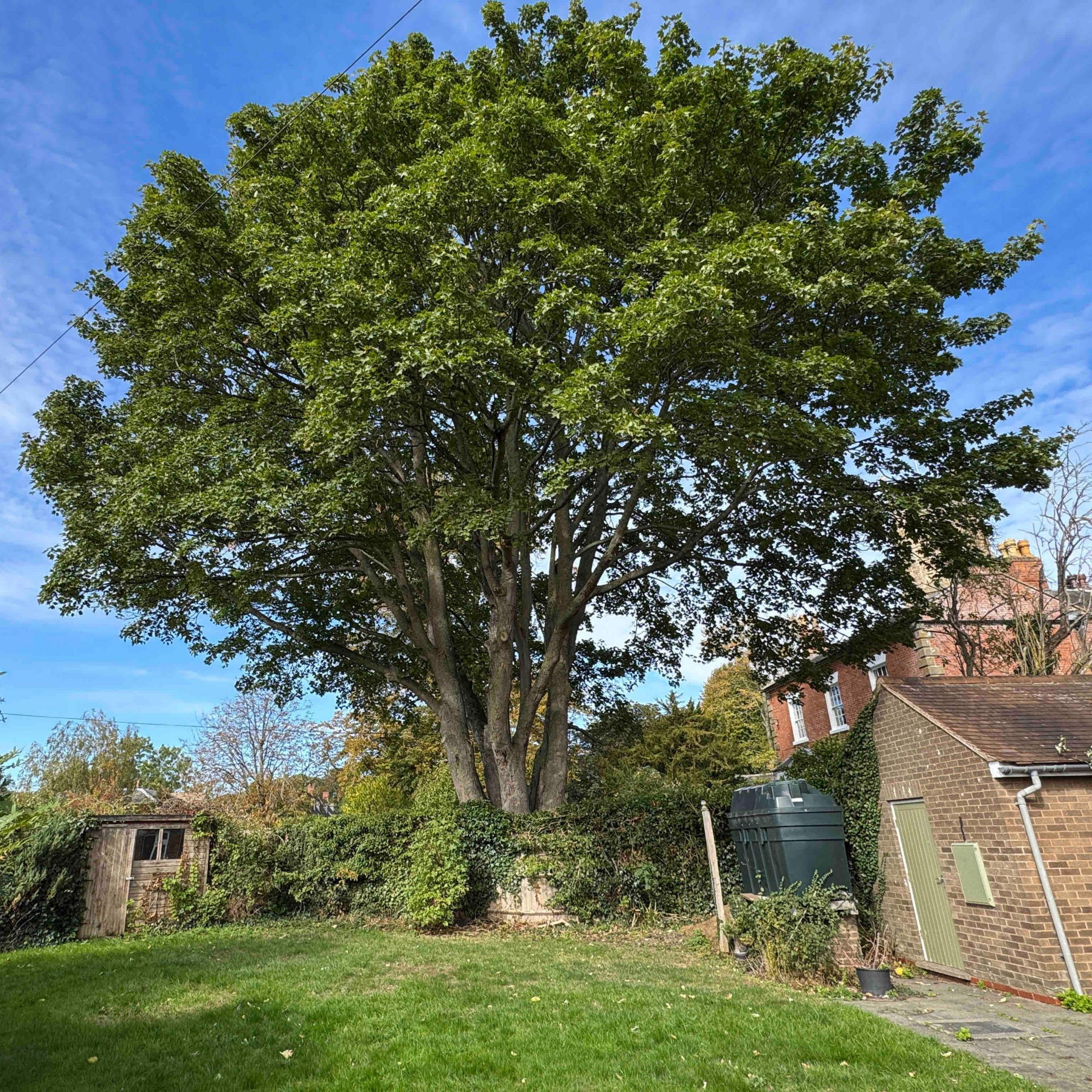
The tree stands on land formerly owned by the Diocese of Coventry
A report shown to the BBC by Mr Gray said the neighbouring vicarage had suffered suspected damage from subsidence, which included large cracks to the wall between the living room and dining room.
But it said a structural engineer assessed the damage in November 2022 and concluded it was not caused by the tree, instead referring to that year's hot weather contributing to a reduction of moisture in the ground.
"I think it's a question of what's right and honourable," Mr Gray said. "The tree has been here for 250 years, their vicarage has been here for 40 years. That gives precedent to the tree."
"They consented to it remaining at a time when they owned it and could've taken it down. They didn't do so," Mr Gray added.
"That's their responsibility and they should be responsible for things that may have occurred as a result of decisions that they made, not [decisions] that we've made."
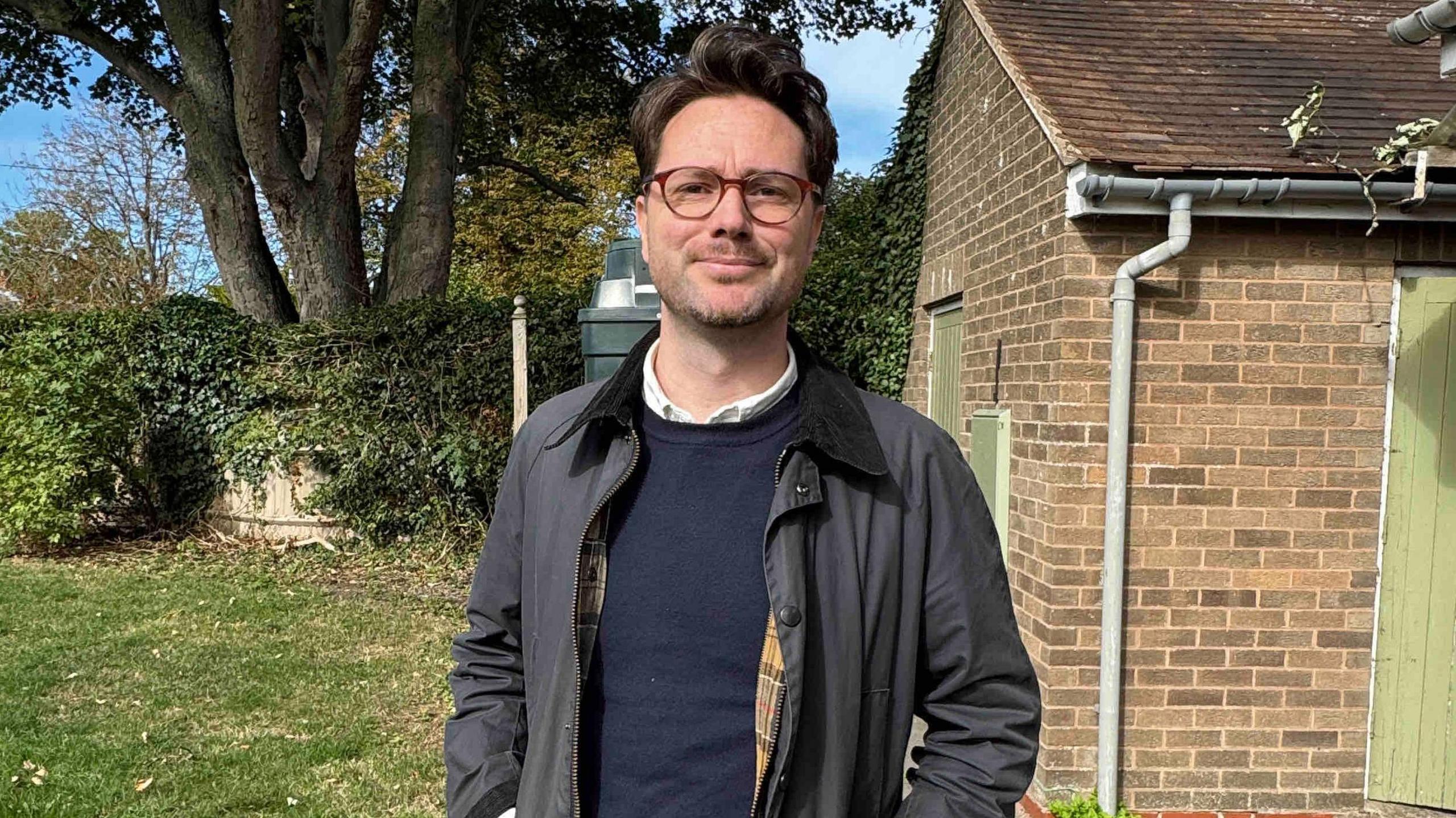
Andy Waddams, director of communications at the diocese, said they were hoping to find a resolution
Andy Waddams, director of communications at the diocese, said he had met with Mr Gray and they were hoping to find a resolution "where there's a bit more peace between neighbours".
"The Church of England wants to be known for being a positive influence on its communities," he said.
"The Christian teachings talk about being a good neighbour. Unfortunately, this has not been what the Grays have experienced."
A spokesperson for Ecclesiastical Insurance, said that while the firm could not comment on the specifics of individual cases, it recognised this was a "sensitive matter".
"Removing any established tree is always viewed as a last resort," they said. "However, we believe, based on the expert advice we've received, this is the best long-term solution to solve the ongoing subsidence problem."
Stratford-on-Avon District Council said the tree was located within the Brailes Conservation Area and anyone wanting to cut it down would have to notify the authority six weeks before any work is carried out.
Get in touch
Tell us which stories we should cover in Warwickshire
Follow BBC Coventry & Warwickshire on BBC Sounds, Facebook, external, X, external and Instagram, external.
- Published17 July
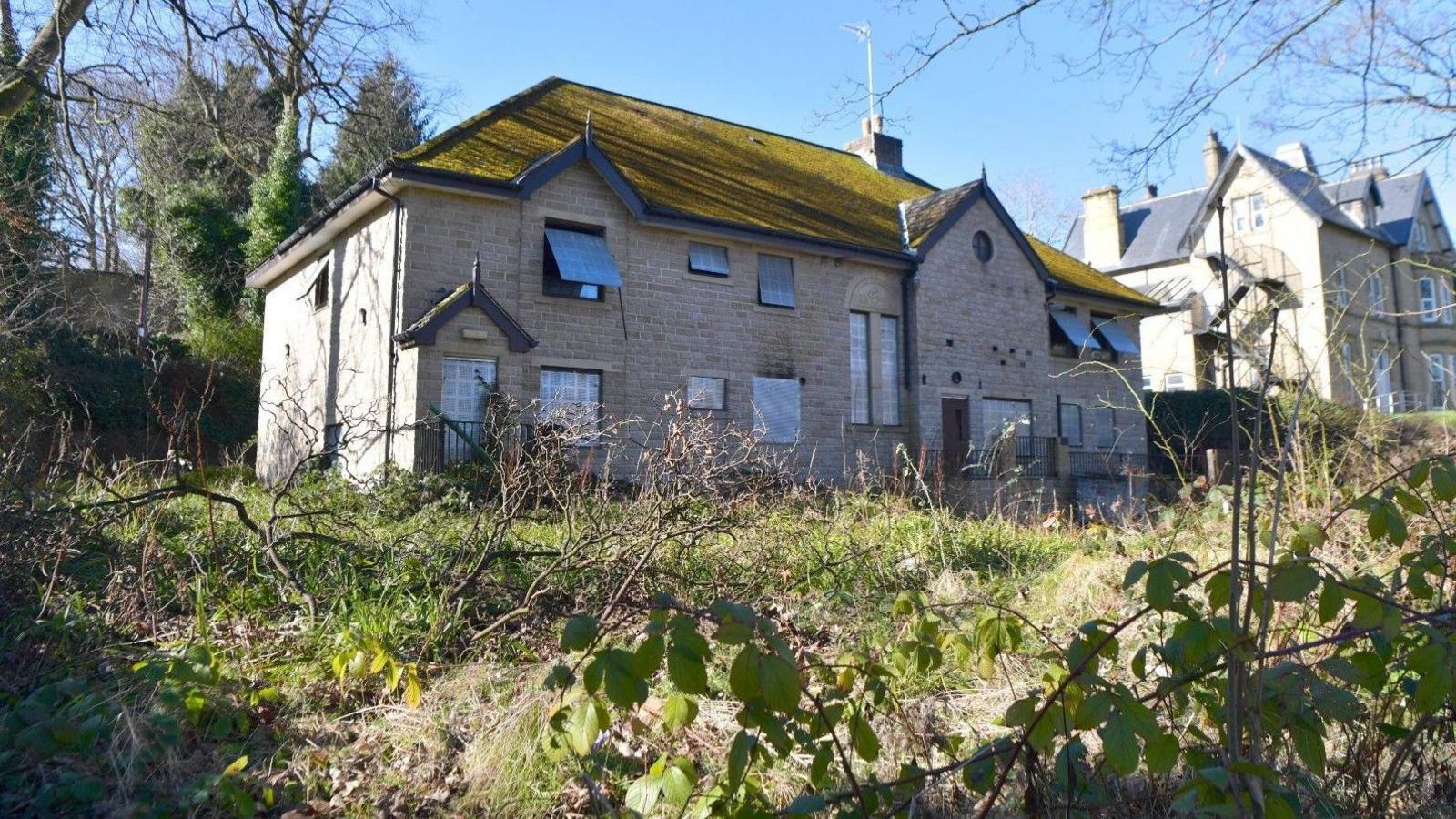
- Published13 March
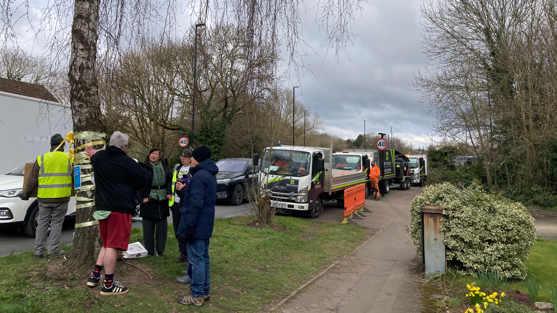
- Published30 September 2024
